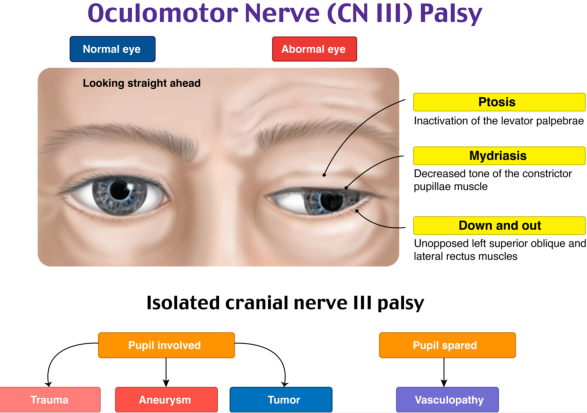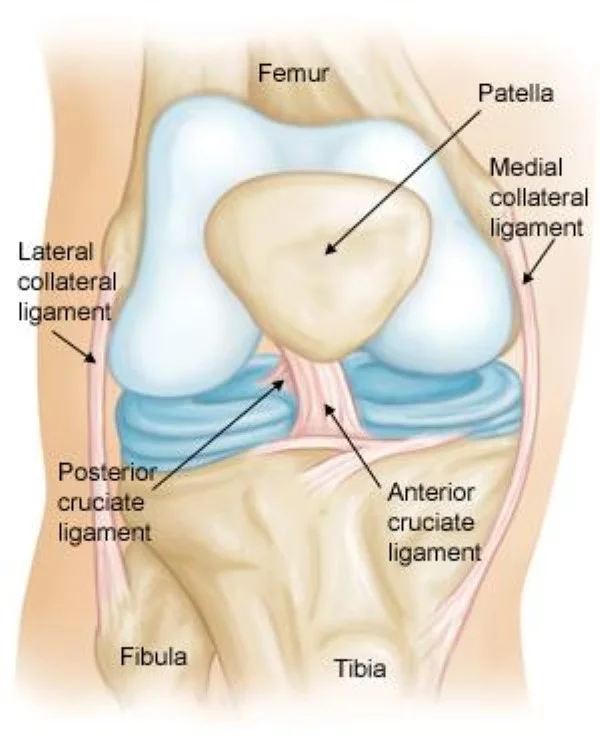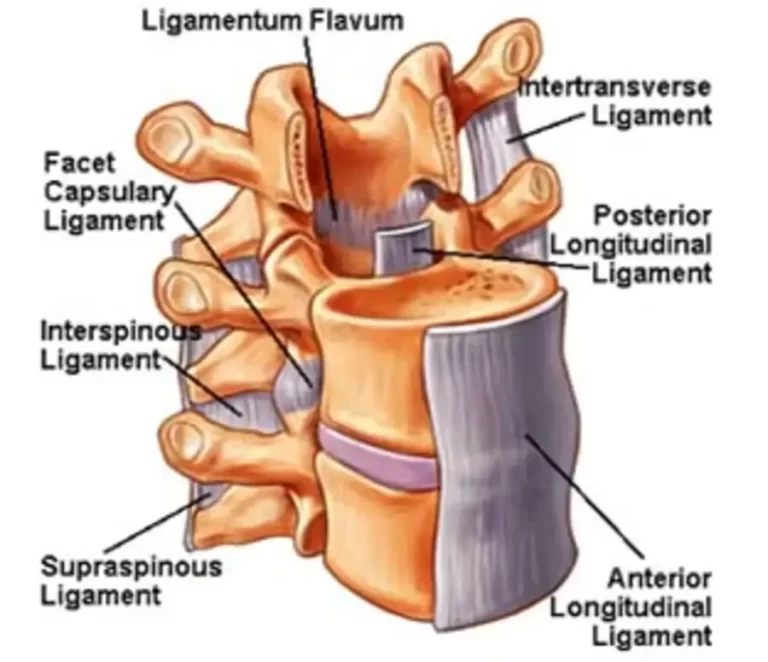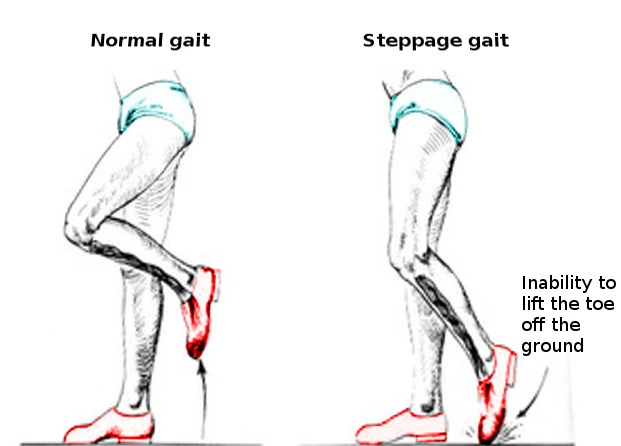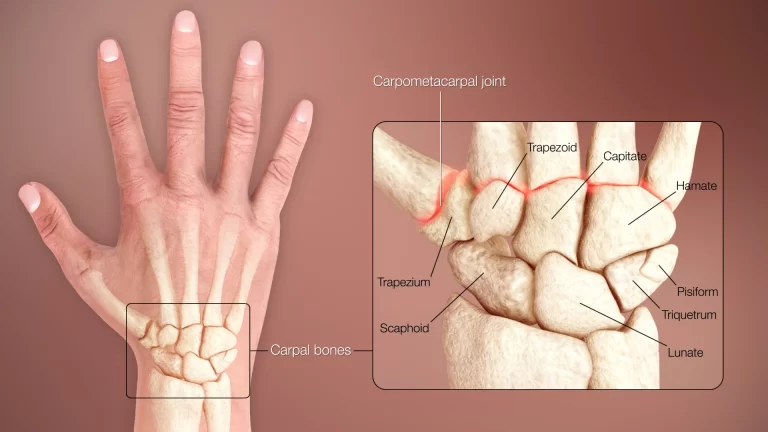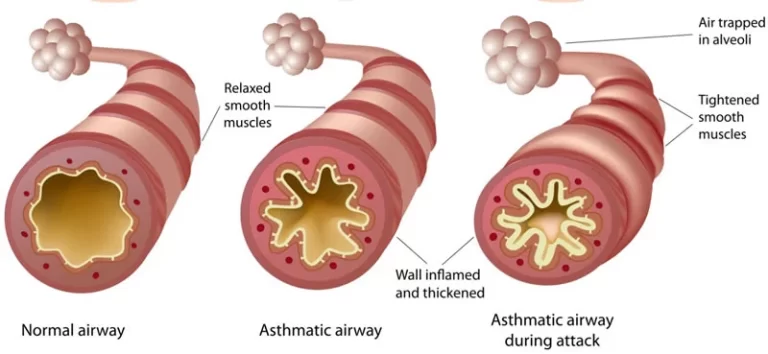Lead Pipe Rigidity
What is a Lead Pipe Rigidity?
Lead pipe rigidity is a type of muscle stiffness commonly associated with neurological disorders, particularly Parkinson’s disease. It refers to a uniform resistance to passive movement throughout the entire range of motion, resembling the resistance encountered when bending a lead pipe. This condition results from the hyperactivity of muscle tone, causing an inability to relax the muscles.
Unlike other types of rigidity, lead pipe rigidity is characterized by constant tension without fluctuations, making movement difficult and often leading to discomfort or stiffness for the individual affected.
What is Rigidity?
Rigidity, a common muscle tone problem characterized by resistance to passive movement regardless of posture and velocity, is frequently used by numerous authors as a synonym for hypertonia. The primary objective of the defining characteristics of Parkinson’s disease, it is commonly observed in extrapyramidal disorders. Both agonists and antagonists are equally impacted.
It can be observed in –
- Parkinson’s Syndrome
- Corticobasal Degeneration
- Huntington’s Disease
- Multiple System Atrophy
- Stiff Man/limb Syndrome
- Niemann-Pick Disease – Type A
- Orthostatic Hypotonia Shy-Drager Disease
- Spinocerebellar Ataxia – type 43, 17, 2
Definition:
Stable resistance across the range of motion characterizes rigidity, a hypertonic state independent of movement velocity. Inappropriate recruitment of upper motor neurons or supraspinal drive targets alpha motor neurons, while spinal reflex tools are typically normal. Typically, tendon jerks are normal in Parkinsonian stiffness.
When all of the following criteria are satisfied, hypertonia is referred to as “rigidity”:
An instantaneous resistance to reversing the direction of movement about a joint is indicative of simultaneous co-contraction of agonists and antagonists.
The limb does not have a propensity to revert to an excessive joint angle or a stable position.
even though rigidity may worsen, involuntary motions about the tight joints are not caused by voluntary activity in distant muscle groups.
Pathology of Lead Pipe Rigidity:
Resilience results from the excessive supraspinal drive (upper motor neuron facilitation) operating on alpha motor neurons, even though the mechanisms underpinning spinal reflexes are normally normal. The typical reciprocal inhibition is disturbed. Stiffness and involuntary movements, together with abnormalities of posture and associated movement, are symptoms and signs that arise when the balance between excitation and inhibition in the motor cortex and basal ganglia is upset. However, our current knowledge of the pathophysiology of the basal ganglia is insufficient to explain the two other hallmarks of Parkinson’s disease: rigidity and tremor.
Several factors can contribute to rigidity, some of them are as follows:
- incapacity of the patient to unwind and stop muscular activity
- exacerbated rigidity as a result of the muscles’ changed viscoelastic characteristics
- aberrant agonist-antagonist muscle group co-activation
- enhanced reflexes for stretching
- reduced amounts of dopamine
Rigidity Types:
Different forms of stiffness have been noted in a range of medical situations. Among the prevalent kinds are:
Lead Pipe Rigidity: Lead pipe rigidity is a uniform, uniform resistance when a limb moves passively. It happens to come about by the untimely death of dopamine-producing neurons in the brain and is frequently associated with Parkinson’s disease.
Cogwheel Rigidity: The resistance experienced during passive movement is characterized by sporadic disruptions. It creates the impression of a succession of little catches or jerks, akin to the motion of a machine’s cogs. Cogwheel rigidity is another hallmark of Parkinson’s disease.
What Causes Rigidity?
- Stress frequently causes muscles to become inflexible.
- Polymyalgia rheumatica is a common condition that causes pain and stiffness in older persons.
- weariness and weight loss that cannot be explained.
- Reduced dopamine levels are considered to throw off the equilibrium between the muscles that contract and relax with each movement in those with Parkinsonism.
What exactly Rigidity Signs and symptoms Are There?
- Stiff and/or inflexible muscles.
- Pain and muscle cramps.
- difficulty getting out of a chair or bed, turning in bed, and turning while walking.
- Joint pain may be linked to rigidity.
The rigidity of cogwheels and lead pipes is different in the following ways:
Lead pipe stiffness is defined as a consistent resistance to motion over the entire range of motion.
The ability to resist changes in strength as the limb is moved through its range of motion is referred to be “cogwheel stiffness”.
The examination of Lead Pipe Rigidity:
The person conducting the examination should use one hand to hold the registered hand above the wrist and hold it there. He slowly rotates along the hand’s long axis while holding the fingers and palm with the other hand. The person being inspected will encounter resistance when moving if there is rigidity. The person conducting the examination will notice a pause or repeated catch throughout the movement if the cogwheel phenomenon is positive; if it persists without any interruption or change in velocity, it is lead-pipe rigidity.
Management of Rigidity:
Medical Care
When levodopa (L-Dopa) is taken in these various combinations to treat Parkinson’s disease, bradykinesia and rigidity are significantly decreased.
It has been demonstrated that deep brain stimulation in the globus pallidus and subthalamic nucleus improves rigidity.
Physiotherapy Intervention:
For most patients, reducing stiffness early in the session facilitates a more seamless course of treatment. Therefore, when movement therapy is administered during the “on” phase of a premedication cycle, the results are expected to be more long-lasting.
Relaxation methods such as slow, gentle rocking, trunk and limb rotation, and the benefits of yoga appear to be effective in lowering stiffness. Sitting or standing may be the greatest way for persons with Parkinson’s disease to relax because lying down may make them more rigid.
Because the proximal muscles are sometimes significantly more involved than the distal ones, a distal-to-proximal transition may help understand relaxation.
Exercises with rhythm have been demonstrated to lessen stiffness. Using your hands or feet to make circles and clapping your hands are two examples.
- To help relax stiff muscles, use a heating pad or hot compress to the afflicted area.
- Stretching your tense muscle will help it relax.
- avoiding demanding activities that could cause the muscles to stiffen up again.
Stretching and relaxation exercises:
- It is also advised to perform exercises that incorporate soft rocking and slow, rhythmic rotation.
movement transition from passive to active aided and active movement using a rhythmic initiation strategy. - whereas lying supine, cautiously turn your head from side to side. Rotate the lower trunk when hook laying.
- Lay sideways and rotate your upper and lower trunks.
Education for Balance:

Develop reactive joint stabilization, dynamic neuromuscular efficiency, and increased eccentric strength.
Programs for balance training seek to:
- Increase walking speed, decrease fear of falling, and improve fall-related self-efficacy by strengthening balance prevention in daily activities.
- Boost bodily performance
- Enhance the standard of living
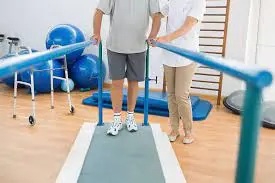
The exercises are designed to increase the range of motion in your lower limb joints, boost your strength and balance, and activate your legs’ natural tendency to repeat motion while you walk.
Exercises for Gait Training:
- Walking on a treadmill.
- Lifting your legs.
- Sitting down.
- Standing up.
- Stepping over objects.
Home Treatments
Home remedies are usually effective in treating muscle stiffness brought on by minor injuries, strain, or overuse. These could include the following:
- Apply a warm compress or heating pad to the affected area to assist relax tense muscles.
- Steer clear of demanding tasks that can make your muscles tense up again.
- promoting relaxation of the muscles via massage, yoga, or tai chi.
An overview
One particular kind of muscle rigidity seen in some neurological disorders, most notably Parkinson’s disease, is lead pipe rigidity. It is thought to be one of the main motor signs that set Parkinson’s disease apart from other movement disorders. Degeneration of dopamine-producing neurons in the substantia nigra, a part of the brain involved in motor control, causes this stiffness.
Lead pipe rigidity is typically diagnosed by a clinical examination and the observation of characteristic motor symptoms in patients with Parkinson’s disease or other neurological conditions. Lead pipe stiffness helps diagnose Parkinson’s disease along with other symptoms including bradykinesia (slowness of movement) and resting tremors.
Lead pipe rigidity in Parkinson’s disease is frequently treated with drugs that increase dopamine levels in the brain or mimic dopamine’s effects. These drugs help enhance a patient’s mobility and overall quality of life by lowering stiffness and other motor complaints.
FAQs
What is the stiffness of lead pipes?
Rigidity in lead pipes is defined as a continuous resistance to movement across the whole range of motion (ROM).
What pathology underlies the stiffness of lead pipes?
“Lead-pipe” rigidity is the neurological trait of impulsive muscle rigidity that remains constant even when existence is passively regulated. It is caused by harm to the basal ganglia. Numerous other neurological conditions, especially Parkinson’s disease, are linked to this.
How does the stiffness of lead pipes feel?
Muscle Rigidity: Cogwheel and Lead Pipe Rigidity
Your muscles can feel tense, and you might have problems moving. Muscle spasms are another example of how they may unintentionally stiffen. This stiffness may also cause soreness in the muscles and joints.
What is the stiffness of lead pipes and cogwheels?
The maximum amount of deductions prevalent sign of Parkinson’s disease is this. The body no longer moves smoothly for extended periods, and the muscles become rigid. Lead-pipe rigidity happens when stiffness lasts, whereas cogwheel rigidity happens when muscle action becomes jerky. It is no longer possible to conduct immediate moves.
What is the symptom of rigidity?
When muscles lose their flexibility, they become rigid. This disorder, sometimes referred to as facial masking or Parkinson’s mask, affects the muscles in your face. It’s among the primary markers of Parkinson’s disease.
How can stiffness be increased?
Regular movement and activities throughout the day, such as clearing out a closet, hiking, strolling to the mailbox, yoga, dancing, cycling, or watering your plants, might help reduce stiffness.
References
- Dr.RaviPatel. (2023, August 3). Lead Pipe Rigidity – Type, Treatment, Exercise. Samarpan Physiotherapy Clinic. https://samarpanphysioclinic.com/lead-pipe-rigidity/
- Physiotherapist, N. P.-. (2024a, July 4). Rigidity: Type, Cause, Symptoms, Treatment, Exercise. Mobile Physiotherapy Clinic. https://mobilephysiotherapyclinic.in/rigidity-physiotherapy-treatment/#Difference_Between_Spasticity_Rigidity


